Fact or Myth: Native Americans Can’t Grow Any Facial Hair
Many people wonder why Native American Indians don’t seem to have facial hair. In fact, their face is not the only place where they don’t have much hair growth. Native Americans have very sparse hair on the rest of their bodies as well.
However, the common belief that Native Americans don’t have beards is not entirely right. They do have hair on their faces. It’s just very soft and sparse.
Native Americans are capable of growing beards, but their genetic makeup often results in less facial hair growth compared to others. Even some Native American tribes such as the Chumash people are well known for their beard growth.
Through a comprehensive analysis of historical accounts, cultural practices, and genetic factors, we aim to provide a comprehensive understanding of why beards were not common among many Native American tribes.
Ancestral History of Native American Beard Culture
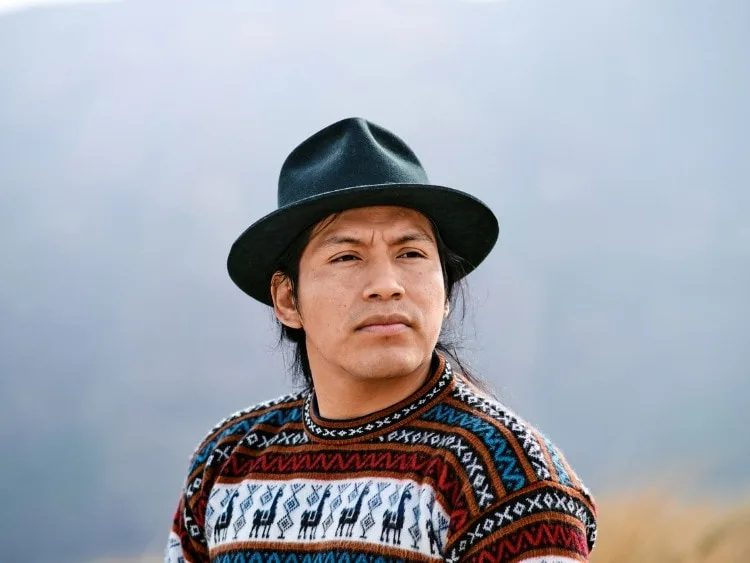
The ancestry of Native Americans is similar to Asians. These races such as Japanese, Chinese, and Koreans don’t have thick hair growth on their faces and bodies.
There are a couple of reasons why Native Americans had little facial hair, and it’s not just because they couldn’t grow it. Cultural norms also played a significant role. In the old days, especially among Plains Indians, facial hair was seen as unmanly.
It was considered gross, similar to how some people view pubic, armpit, and leg hair on women today. They used to pluck out even the sparse hair they had on their faces. Such was the tradition.
In fact, men in these cultures didn’t even have eyebrows! When Europeans with their full beards arrived, they looked unkempt and ridiculous by Native American standards.
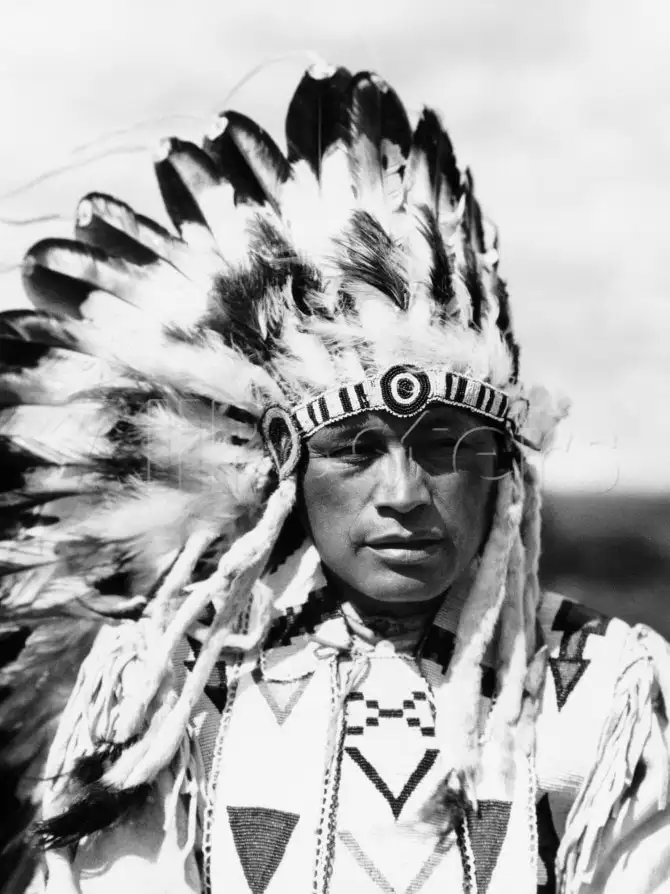
Not all Native Americans had problems growing beards and mustaches. There were several Navajo tribe leaders during the Long Walk era who sported stubble beards and a mustache on their upper lips.
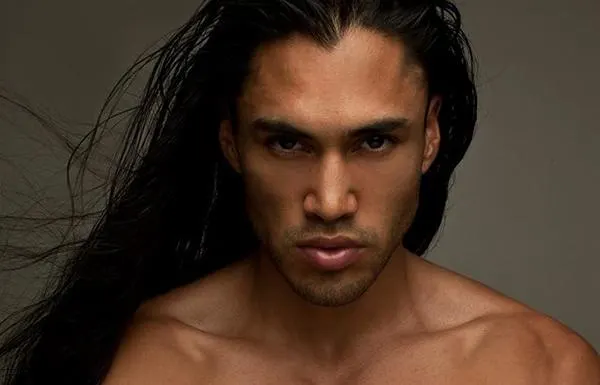
Nowadays many Native American Indians have beards and mustaches. This is mostly due to the fact the cultures are mixing and there are more and more mestizos out there. However, such mixed heritage also leads to reduced facial hair. People who have Native American blood will have trouble growing long and full beards!
Here are some facts about Native Americans you’ll find interesting:
Also, some men can’t grow beards at all no matter whether they are Native Americans or not.
Do Native Americans Have Facial Hair or Only Patchy Facial Hair?
Native Americans can have thick facial hair, patchy facial hair, or little to no facial hair at all. The reason for patchy facial hair does not have anything to do with the Native American heritage or ethnicity, however, it has everything to do with genetics.
Every man has hairs on their face, and when they hit puberty, the hair will begin growing thicker. Just how thick it grows depends on genetics, however. If a man’s father has genes for thick hair, the child is more likely to also inherit those thick hair genes.
If a man’s father (and his heritage) all had thinner or more sparse hair, the child is more likely to inherit those genes for more patchy hair.
Why Do Native Americans Have Facial Hair That Is Sparser Than Usual?
Most early Native Americans could grow facial hair, but they chose not to. American Indian anthropology experts say that the early American Indians would often pluck the hairs as fast as they grew in, simply because they did not want the hair.
Eventually, this led to more sparse facial hair patterns that were then passed on through genetics. Since this was a common practice within the Native American tribes, this became more common to see passed down through the men.
Because of this, many people have the misunderstanding that being American Indian means you don’t have thick facial hair, while in fact, it’s simply a culmination of many ancestors deciding they did not want facial hair and ultimately passing on those genes through evolution.
Can Native Americans Do Something to Help Beard Growth?
Anyone who wants to grow a beard, Native American or not, can help urge and support the growth by eating and sleeping well, taking hair growth supplements and vitamins, and keeping the face washed and moisturized.
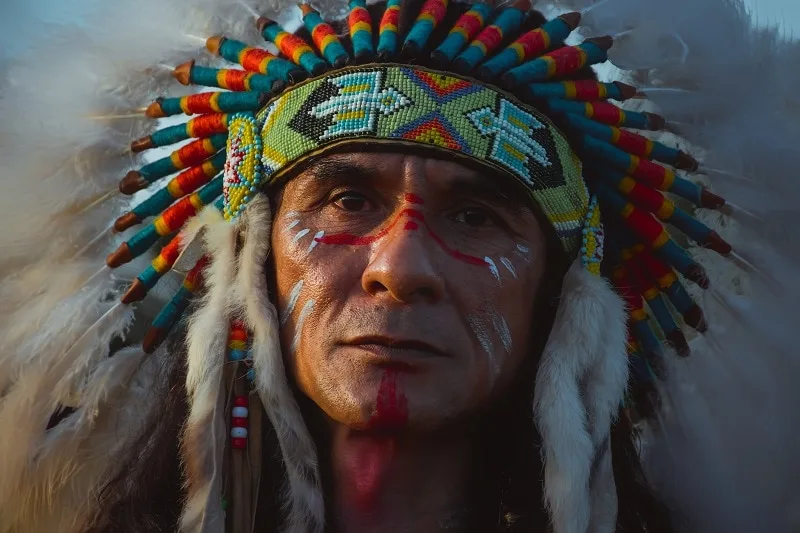
A diet rich in fish, eggs, and plant-based milk means a diet comprised of great sources of Vitamin D, which can help hair follicles grow. B vitamins are also helpful, including B12, found in fish and meat, and biotin, which is found in dairy, nuts, and whole grains.
As far as sleep goes, this is when the body regenerates. Those who don’t sleep enough have shown lower testosterone levels, which can cause a beard to grow slower. So ensure you’re sleeping a full 8 hours per night.
Supporting clean, moisturized skin is also helpful if you want to grow facial hair. Use a gentle soap and a facial lotion or oil after showering each day.
Did Native Americans Ever Shave?
Most historical documents that we have describing early American Indians show that Native American men didn’t shave but instead plucked their facial hair with a pinch made of shells or bone before the late 1800s. Early pinches were even made from mussel shells.
They preferred to pluck each hair as it came to avoid the look of a beard in general, which would cause comparisons to Europeans to be made.
The preference to pluck rather than shave was likely due to their sparse and soft facial hair, which made it easier to pluck individual hairs with wooden tweezers or pinchers from mussel shells. If Native Americans did choose to shave, they likely used obsidian stones, which could function similarly to a razor, but were made of natural stone.
Bearded Native Americans
We have researched the facial hair growth patterns among different Native American tribes. Here are some Native American men with facial hair.
Chumash
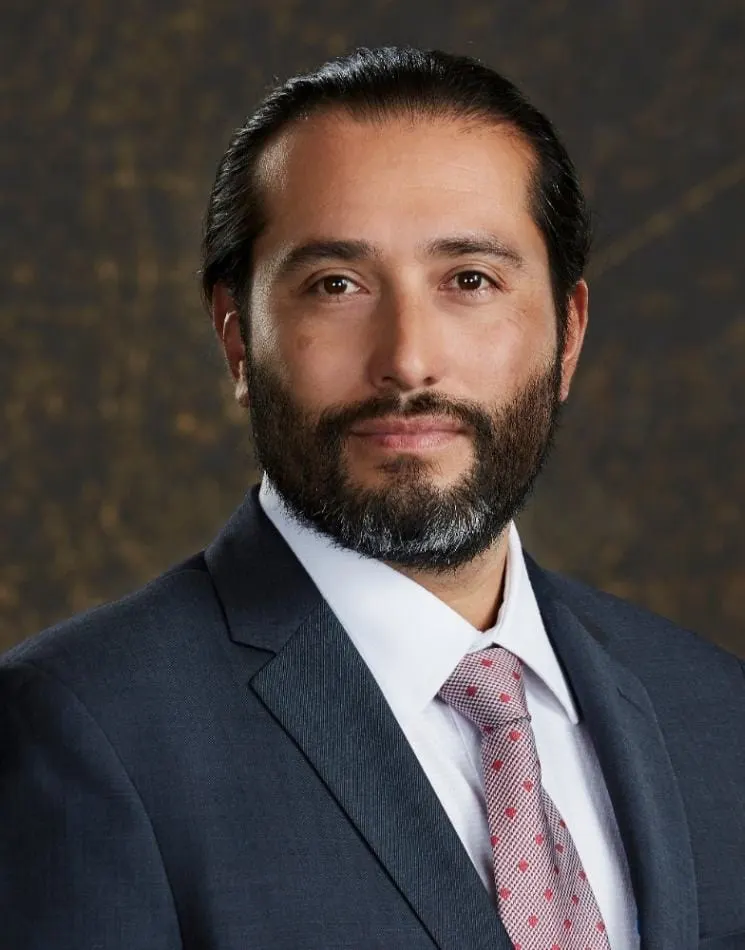
Behold Kenneth Kahn, the current tribal chairman of the Santa Ynez Band of Chumash Indians. The Chumash people are known for their stunning facial hair growth, so much so that Santa Cruz Island was even nicknamed the Bearded Men Island by the Spaniards.
Tlingit
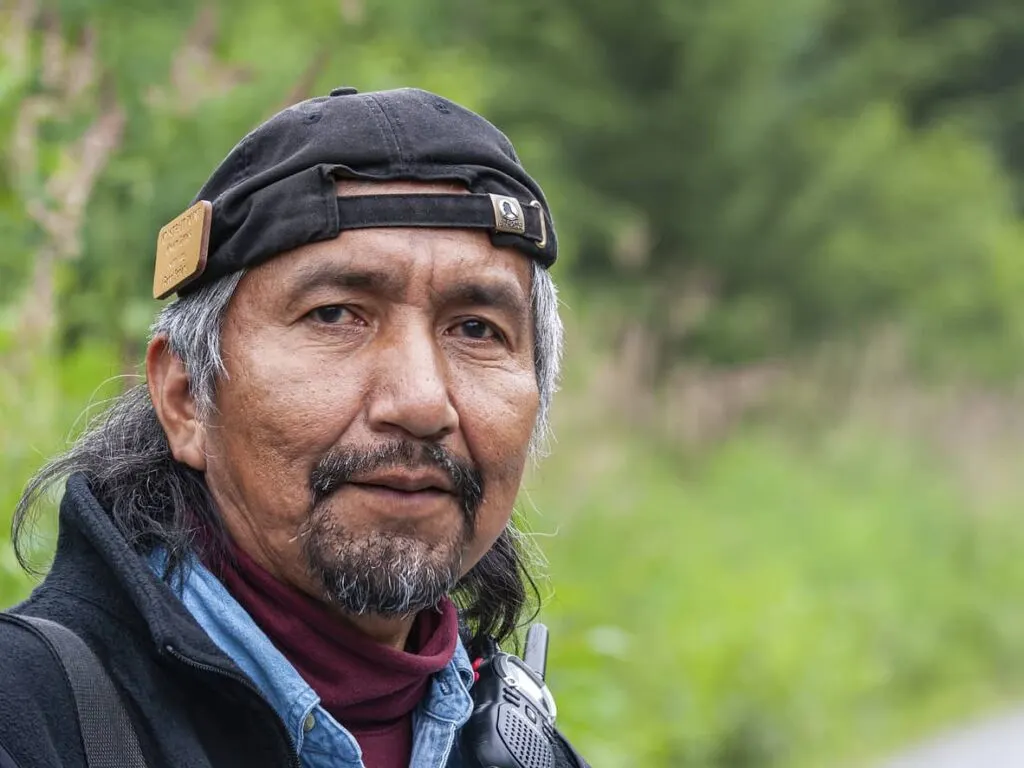
The growth pattern of facial hair among Tlingit men historically tended to be light and sparse. However, the Native Tlingit man in the picture was able to grow a circle beard successfully with his patchy facial hair growth.
Navajo
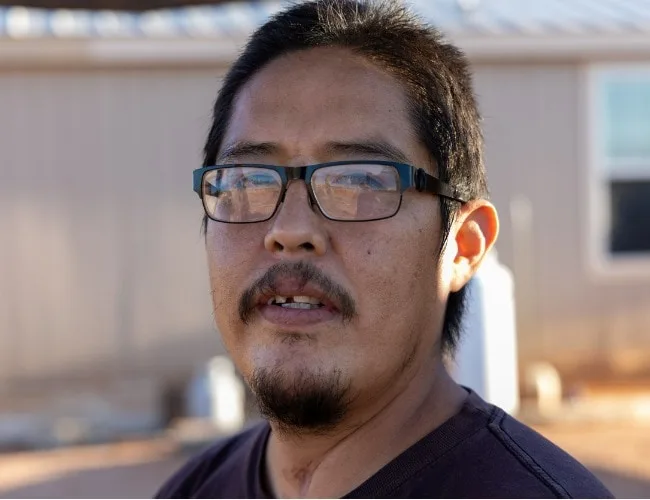
If you are a Native American Navajo man, a short goatee with an unkempt chevron mustache can be a great facial hairstyle for you.
Try a painter’s brush mustache if you want to keep your mustache looking well-groomed. As the painter brush mustache should not cross your upper lip trim the edges of your mustache.
FAQ’s
Can Native Americans Grow Fuller Facial Beards Like Those of European Descent?
Native Americans today likely have a heritage that is more mixed with those of European descent. This means they tend to grow flutter, thicker facial hair than their ancestors or than those who come from purely Native American Indian ancestry.
Why Don’t I Ever See Any Bald Native Americans?
While you may not have seen any, it doesn’t mean that bald Native Americans don’t exist. Researchers have found that men from tribes with ancestry from North American native tribes are almost completely free from genetic hair loss, which usually leads to pattern baldness.
What Are The Races That Can’t Grow Any Beard?
While there aren’t any races that can’t grow any beard at all, Chinese men generally have less facial hair than Caucasian men do. Because of their long history of plucking and removing facial hair, Native Americans may also have more trouble growing a full, thick beard. Mediterranean men, on the other hand, can usually grow thicker beards than men from other regions.
Hopefully, this article removed your confusion for good. Next time, don’t panic if you see a native American man with a beard!



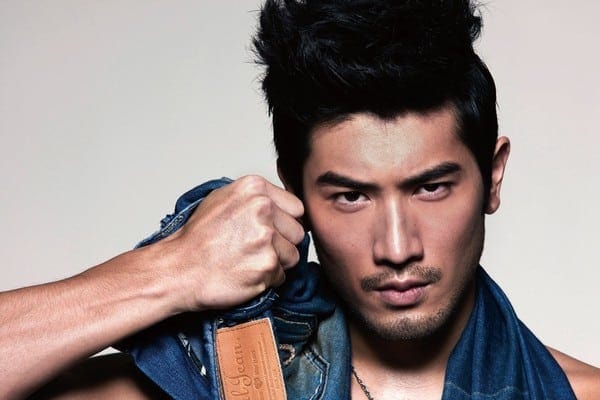

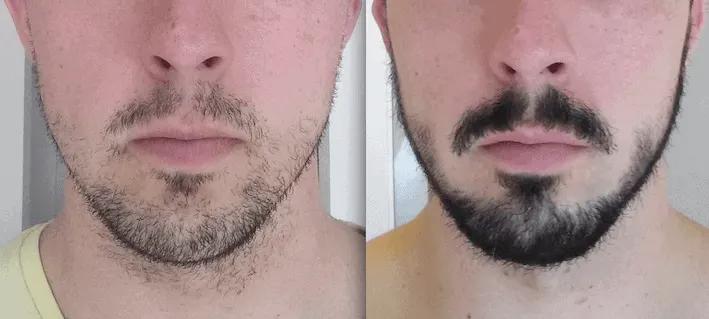
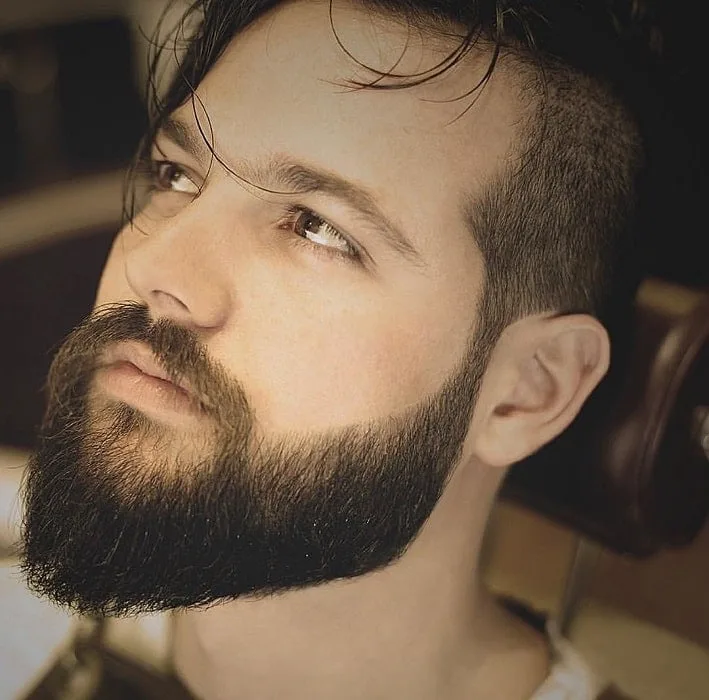
The Chumash indians of Southern California had very thick and wavy hair on their heads, and heavy beards on their chins and cheeks. So did other coastal tribes as well as Chumash Islanders. Santa Cruz island was called island of the bearded men.
Hey every one! The first pic of the European man is a real Native American Man, and the Native American Man with the long Black hair and the brown skin is a half breed or Mestizo! This is what they want you to believe, that the Euro invaders are the real indigenous people of the Americas, and they all look like the Euro in the first pic, and the real Natives are just Mexican Mestizos, and they are illegal immigrants who need to be deported back to Mexico, Central America, or South America. The No facial hair without European admixture is just white mythology they like to tell themselves, so that any painting or artifact that shows indigenous peoples with facial hair, they can attribute their art, material cultures, and civilizations to the Celts, The Vikings, The Phoenicians, Carthaginians, or Solutreans. Its just more propaganda to cut Native Americans out of their own history, and disinherit and disassociate them from their own ancestors, homelands, and birthright!!
Lmao you crazy fuck 😹 I’m a mestizo myself I’m 78 percent Native American and the rest European but I rather be Native American than the invader.
The guy you showed up top is a $5 indian. Not a real native american. His ancestry is over 95% european. Stop the lies!!!
Agreed, I wish us white people would stop taking other cultures and just like our own culture
I’m part Lakota myself, and I’ve never been able to grow a thick beard or mustache.
Also, Native Americans are not Indians. They have nothing to do with India. Actual Indians, such as Mahatma Ganhdi, are capable of growing very thick beards and mustaches.
I’m large quantity native American… I asked because someone questioned me on it due to men in my family have beards and mustaches. So I wanted to feel a peace about it. Thanks. Yes this helps. I also was told that no red skin on us. No dark brown is what my father was. I didn’t see it as red.
My fiancé is 100% native and he has no facial hair what so ever
I’m 1/4 Cherokee and my facial hair grows very sparse and screwed up. The Chumash are the only ones I’ve heard of growing thick facial hair
My dad and brother can’t grow any moustache whatsoever. I can grow a decent moustache/goatee vur the hair on my cheeks is very thin and sparse
Imagine you and your ancestors having lived for thousands of years here in what was their home land and along comes us pushing them from their land and us being indigent because they resisted….. What would you do ? I feel deeply for the Native American’s, Heal Them !
I have a question for a Native American to reply, I am not an Native American but a European (German) I was adopted by a Native American (Arapaho) Soldier stationed in Germany after the war.
My question is when I compare the Lakota from the 1800’s to present Day Lakota the present Day Lakota looks nothing like from the past they do not have the high cheek bones I have only seen maybe one or two who would pass and look just like back in the 1800’s.
Is it due to not being 100% Lakota and mixed with other tribes or Hispanic or with White mix?
I am just curious I would ask my Step father but he has passed on, I am an Artist and also have Native Americans in some of my paintings.
My dad’s native American and my mom’s white. I always wondered about the facial hair thing. My brother and I barely have any facial hair and can’t grow beards or thick mustaches even though we’re both in our early 40’s. For the most part, without lots of sun, we inherited my mom’s light skin tone but my dad’s lack of body hair. Crazy how things work. Nice article!!
Your mom is NOT white. She has her own heritage and ancestral identity from whence she came. White is a politically correct label given by some self-appointed Illuminatist cabal for the purpose of dividing people, divide and conquer. The “black” and “white” labels are symbolic gestures, and I think if people think long and constructively enough, they can figure out those symbolic meanings. Especially in North America of how white is symbolized as well as black. Think of in the Bible how it was symbolically meant, think of how the KKK used the meaning.
This has been so engrained (brain washed into the mind of people) that they casually use it to self-identitfy not knowing its intended meaning. Anyhow, I’d rather go by what our long ago ancestors identified as than something used to cancel that outl hence, a cancel cultrure. Red skin has a nefarious meaning; it goes back to the days of President Andrew Jackson on the bounties for culling out the Indigenous peoples of the north continent as he fought to unjustly strip away ‘natives’ governments, nations, and villages to form the USA; even some treaties (maybe all?) were by coercion.
Plucking out your beard would have absolutely NO effect on whether your descendants would have more or less facial hair! It would not matter one whit if it were done for 100 generations! This was proved by August Friedrich Leopold Weismann, who cut off the tails of over 900 newborn mice over 5 generations. Losing their tails had NO effect on their progeny, who were born with tails!
I think the comments made me more confused than before, but through my research American Indians can’t grow large beards or mustache, usually small and unpronounced, the few tribes I usually hear that have big beards and mustaches are from the far west (US and Canada) and maybe some Spaniards got lost and mixed with theses tribe or not, it hard to tell because everyone interprets history different or new discoveries are made to disprove old facts.